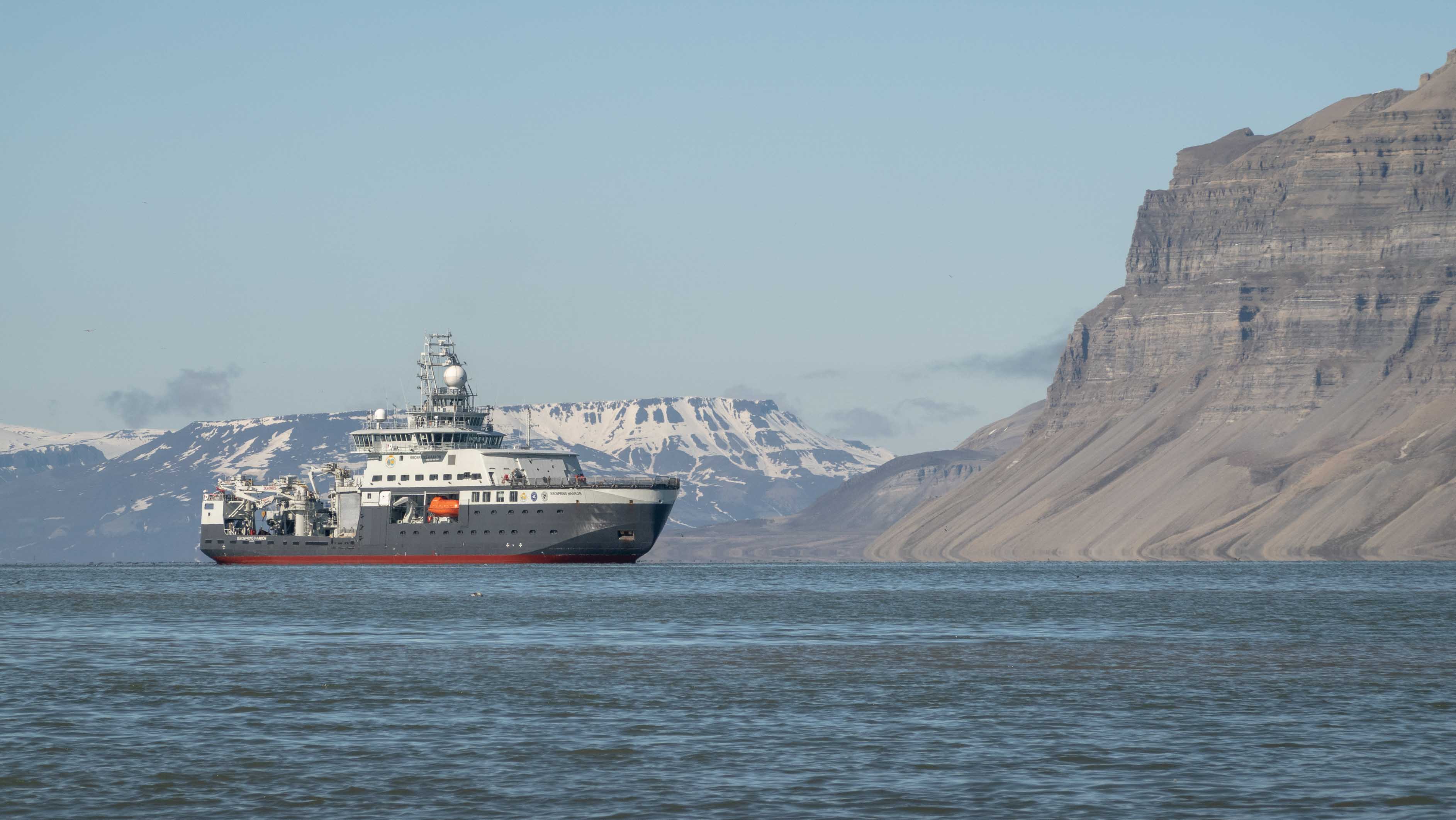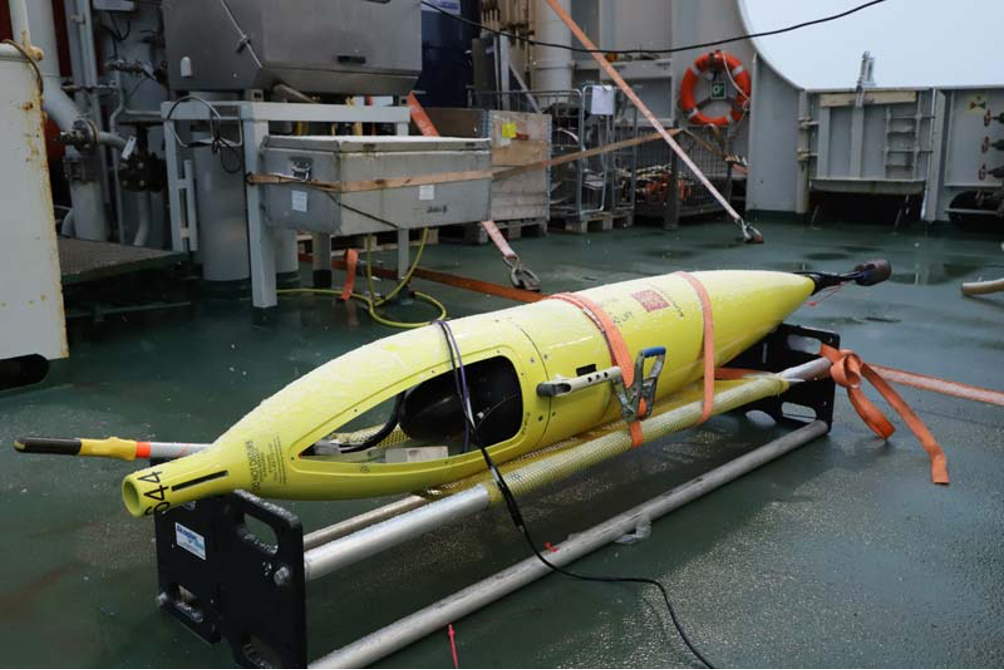Akvaplan-Niva, together with CSCS, deployed our bioglider solution on APN Seaglider to gain scientific knowledge on the biological ecosystems in the Nansen Basin and the northern part of the Knipovich Ridge, as part of the GoNorth Project. The seaglider is equipped with a UVP6 (imagery device) and a EK80 (acoustic sensing).
The GoNorth Project
GoNorth is a Norwegian Arctic program that aims at better understanding the misunderstood ecosystem between Nordaustlandet and Kvitøya, north of Svalbard. The need of knowledge in this area is essential, because since 2009, UN’s Continental Shelf Commission agreed to Norway’s demand and this area is now part of the Norvegian seas. The project answers to the government’s Ocean Strategy addressing knowledge building and sustainable development and adds a new dimension to the policy (Hurdalsplattformen).
Hence, The GoNorth team will pursue a wide-ranging and cross-disciplinary scientific program to acquire new and essential knowledge about the oceanic areas, from the sea floor and subsea geology through the water column and up to the surface sea ice.
Three cruises are planned and the first one started for three weeks on 14 October 2022 from Longyearbyen. Next oneswill launch respectively in 2023 and 2024.

A Biologically active area

This area is biologically highly productive and there is a long history of bowhead whale fishing starting in 1690. During this period and like today, there was little ice from spring to late autumn. Then, during the 19th century, this area was covered by ice, then the ice retreated northwards and from the year 2000 the summer ice edge (i.e. September) is north of 82 degrees.
In winter, north-easterly winds blow for long periods north of Spitsbergen and Nordaustlandet. This forces ice and the surface layer away from land (30 degrees in relation to the wind direction, first described by Nansen) so that nutrient-rich Atlantic water flows up to the surface. When the sun is back at spring solstice, primary production (ice algae and phytoplankton) starts in the ice and under the ice. By then, the phytoplankton have come up from the depths (they winter at 600 – 1,200 m) and can fatten up on the algae. Gliders can dive down to 1000 m and therefore provide some important data with the UVP6 (imagery device) and EK80 (acoustic sensing) that can target these species population and density. This in turn provides a basis for food for a number of zooplankton species that are predators and fish that migrate north, which in turn are food for whales (including bowhead whales), seals and seabirds.
The Bioglider solution

To complement scattered vessel measurement points, the Seaglider will provide continuous data during its time at sea, completing the multiplatform approach, which is the acknowledge best way to produce high quality ocean observations. Bioglider project provides for the mission the Seaglider that has already been at sea this May during a week mission during the Polar Front cruise.
This first mission confirmed the scientific potential and the viability of that solution and this summer, technical improvements have been made to increase the TRL of the BIOGLIDER solution, which will be tested during the days at sea, while providing scientific insight to this misunderstood area.
For more information on the GoNorth cruise & project , visit : https://www.mynewsdesk.com/no/akvaplan-niva/news/gonorth-toktet-fikk-en-vellykket-start-455591 .